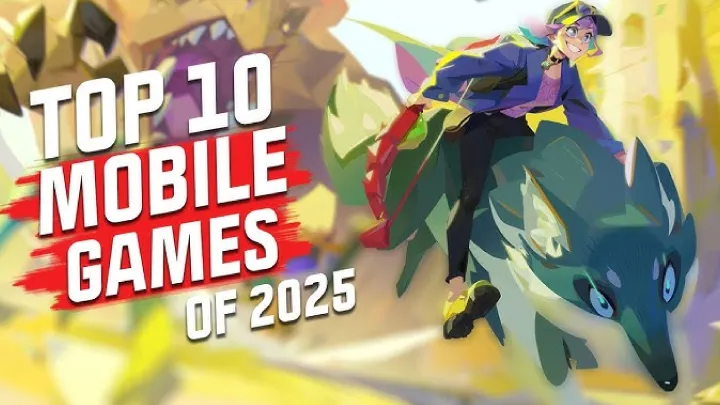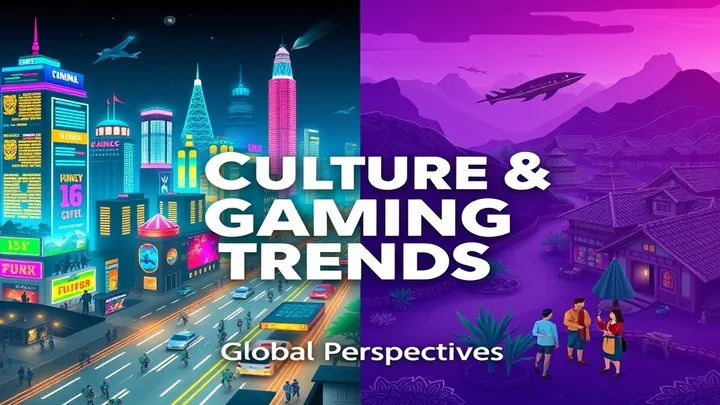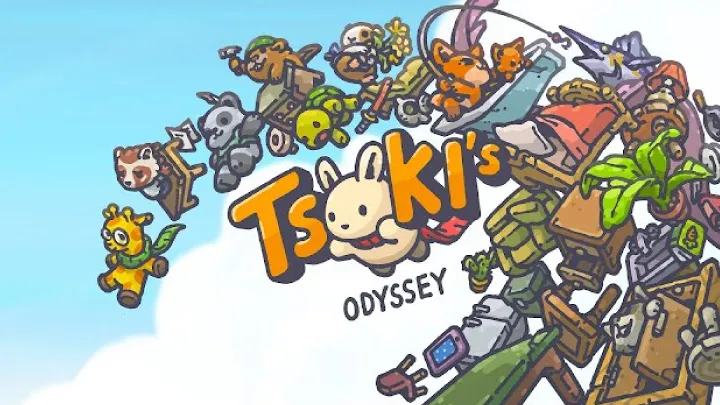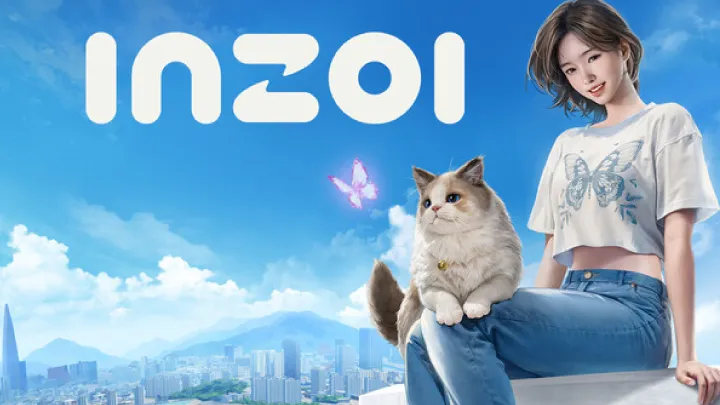The Legend of Zelda: Ocarina of Time – The Time Travel Mechanic and Its Narrative Implications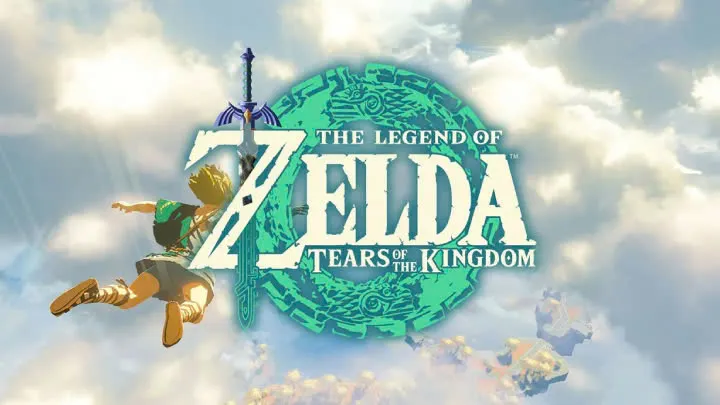
The Legend of Zelda: Ocarina of Time is often hailed as one of the greatest video games of all time, thanks to its innovative gameplay, compelling story, and memorable characters. One of the most intriguing aspects of the game is its time travel mechanic, which allows players to navigate between two distinct timelines: Link's childhood and adulthood. This mechanic not only serves as a gameplay feature but also profoundly impacts the narrative, themes, and player experience. This article explores the complexities of time travel in Ocarina of Time, examining its implications for storytelling, character development, and player agency.
The Concept of Time in Ocarina of Time
The Dual Timeline
At the heart of Ocarina of Time is a dual timeline structure. Players begin the game as a young Link, tasked with collecting the Spiritual Stones to access the Door of Time. Once Link retrieves the Master Sword, he is thrust into a future where he is an adult and Hyrule is in peril. This transition between childhood and adulthood serves as a narrative device that enhances the game's themes of growth, responsibility, and the passage of time.
The Role of the Ocarina
The Ocarina itself is a crucial tool for manipulating time. Throughout the game, players learn various songs that can alter the flow of time, summon rain, or change day to night. By using the Ocarina, Link can not only navigate the timelines but also influence the world around him. This interactivity deepens the player’s engagement, as the Ocarina becomes a symbol of Link’s agency and connection to Hyrule.
Thematic Exploration of Growth and Responsibility
Childhood vs. Adulthood
The dichotomy between Link's childhood and adulthood is central to the game's narrative. As a child, Link embodies innocence and naivety, unaware of the burdens that lie ahead. In contrast, adult Link represents maturity and the weight of responsibility. The time travel mechanic effectively illustrates this transition, allowing players to witness firsthand the consequences of their actions in both timelines.
The Burden of Knowledge
One of the most poignant aspects of the time travel mechanic is the burden of knowledge that Link carries as an adult. He is aware of the impending doom that threatens Hyrule, and this knowledge shapes his actions and decisions. Players are invited to consider the ethical implications of this knowledge: Should Link act to prevent the future he knows is coming, or should he allow events to unfold naturally? This moral dilemma adds depth to the narrative and encourages players to reflect on their choices.
Character Development Through Time
Zelda's Role in the Narrative
Princess Zelda, a central figure in the story, also undergoes significant development through the time travel mechanic. As a child, she is a symbol of hope and innocence, while as an adult, she takes on a more active role in the resistance against Ganondorf. This transformation highlights the theme of empowerment, as Zelda transitions from a passive character to a key player in Hyrule's fate.
Impacts on Supporting Characters
Other characters in the game, such as Saria, Darunia, and Ruto, also experience shifts in their relationships with Link due to the time travel mechanic. By interacting with them in both timelines, players gain a deeper understanding of their motivations and struggles, enriching the overall narrative. This layering of character development exemplifies how time travel can be utilized to create complex relationships and emotional stakes.
The Mechanics of Time Travel
Gameplay Implementation
The time travel mechanic is seamlessly integrated into the gameplay, allowing players to switch between Link's childhood and adulthood at will. This mechanic not only affects the storyline but also impacts gameplay elements, such as puzzles and combat. For instance, certain areas may be accessible only in one timeline, requiring players to think critically about when to use the Ocarina.
Environmental Changes
The game world itself serves as a canvas for time travel's impact. Locations that players visit as a child may exhibit different characteristics when Link returns as an adult. For example, the Kokiri Forest becomes less vibrant and more desolate, reflecting the consequences of Ganondorf's rise to power. These environmental changes reinforce the narrative's themes and serve as visual cues for the player.
The Player's Agency and Choice
Navigating Consequences
The ability to travel through time gives players a unique sense of agency. Players are not only responsible for Link's immediate actions but also for the long-term consequences of those actions. This depth of engagement encourages players to think critically about their choices, enhancing the overall experience.
The Illusion of Control
However, the time travel mechanic also creates an illusion of control. While players can influence events in the game, the overarching narrative remains fixed. This tension between player agency and predetermined outcomes invites players to reflect on the nature of choice in gaming. Are players truly free to shape the story, or are they simply following a path laid out by the developers?
Narrative Structures and Player Engagement
The Hero's Journey
Ocarina of Time follows the classic Hero's Journey, with Link undergoing trials and tribulations that ultimately lead to his growth as a hero. The time travel mechanic enriches this structure, allowing for a more nuanced exploration of Link's character. Players witness his evolution from a carefree child to a determined hero, deepening their emotional investment in his journey.
Engaging the Player Emotionally
The emotional stakes of the narrative are heightened by the time travel mechanic. Players feel a sense of urgency to save Hyrule, knowing what is at stake. This emotional engagement encourages players to forge a connection with the characters and the world, making their journey all the more impactful.
The Legacy of Ocarina of Time
Influence on Future Games
The time travel mechanic in Ocarina of Time has left a lasting legacy on the gaming industry. Many subsequent titles have sought to replicate its innovative approach to storytelling and gameplay. The dual timeline structure has inspired other franchises to explore similar themes of time travel and its implications.
A Template for Narrative Complexity
Ocarina of Time serves as a template for how time travel can be effectively utilized in video games. Its ability to intertwine gameplay mechanics with narrative depth has set a high standard for storytelling in the medium. Players have come to expect rich, interconnected narratives that challenge their perceptions of time and choice.
Conclusion
In conclusion, The Legend of Zelda: Ocarina of Time masterfully utilizes time travel as a narrative and gameplay mechanic, enriching the overall experience for players. The dual timelines serve to explore themes of growth, responsibility, and the moral complexities of knowledge. Through character development, environmental changes, and player agency, the game invites players to engage with its narrative on multiple levels. As one of the most influential games in history, Ocarina of Time continues to resonate with players, demonstrating the power of storytelling in video games.










